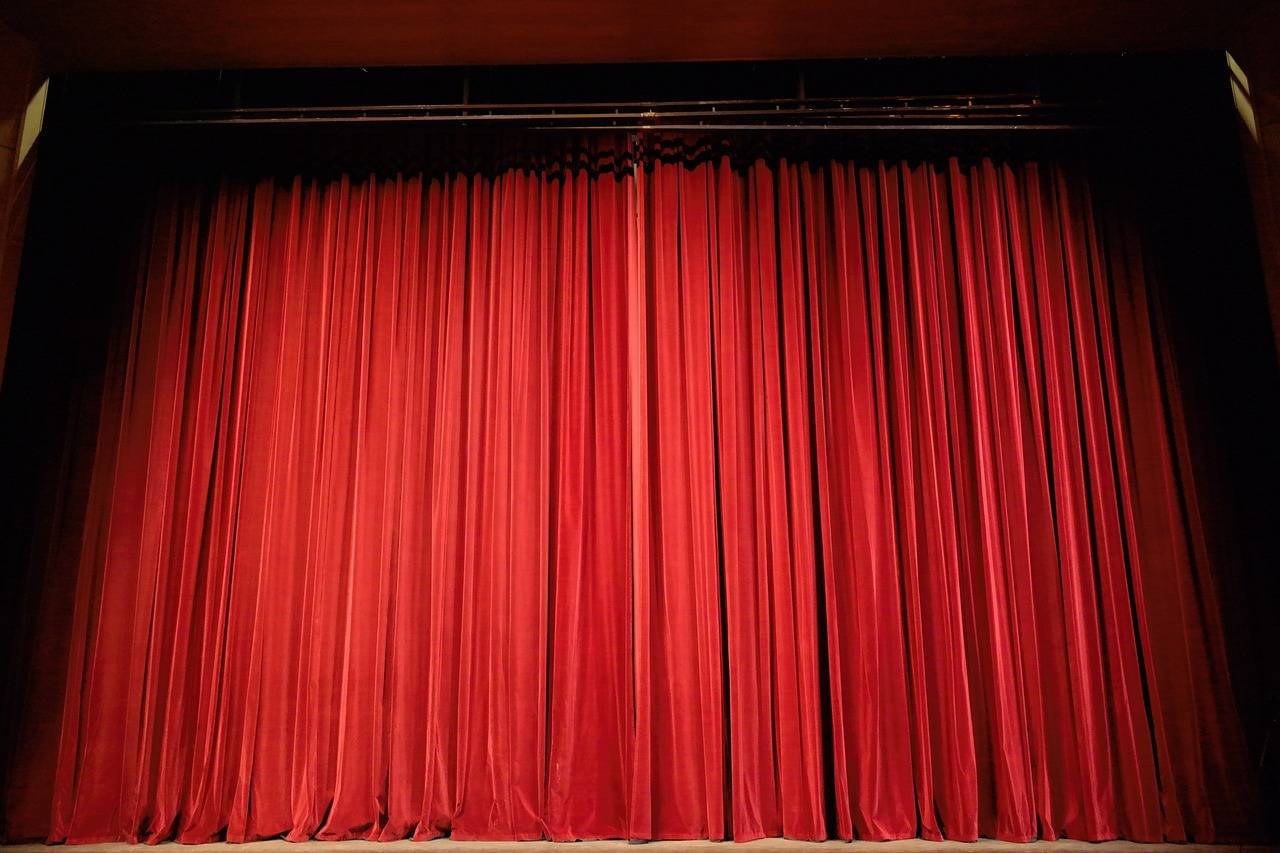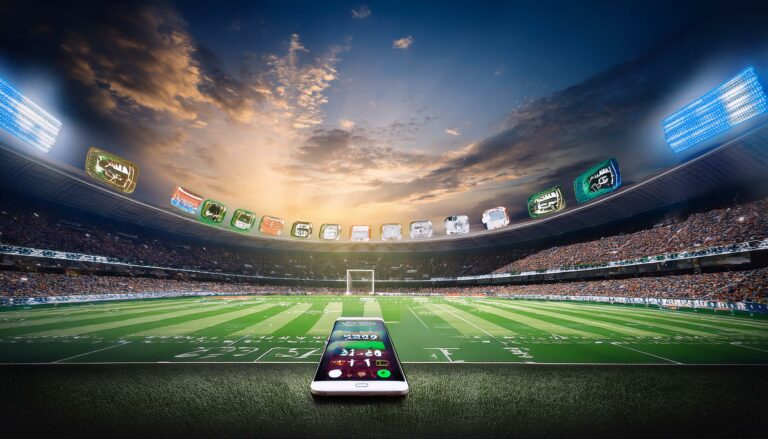Investigating the Role of Wearable Technology in Live Entertainment Experiences
Wearable technology is increasingly playing a pivotal role in enhancing live entertainment experiences. From concerts to festivals, these gadgets have the potential to connect audiences in new and interactive ways. For example, wristbands equipped with LED lights can synchronize with the music, creating a visually immersive experience for attendees.
Moreover, wearable devices can also be used to provide personalized content and recommendations to audience members. By tracking their preferences and behavior, event organizers can tailor the live entertainment experience to suit individual tastes, leading to higher levels of engagement and satisfaction.
Wearable technology enhances live entertainment experiences
Wristbands with LED lights create visually immersive experiences
Personalized content and recommendations can be provided to audience members
Event organizers can tailor the experience based on individual preferences and behavior
Higher levels of engagement and satisfaction can be achieved through wearable devices in live entertainment
Potential Benefits of Wearable Technology in Live Entertainment
Wearable technology has the potential to revolutionize live entertainment experiences in numerous ways. One key benefit is the customization it offers to audiences, allowing them to tailor their experience to their preferences. For instance, attendees could receive personalized recommendations for events or access exclusive content based on their individual tastes and interests.
Another significant advantage of wearable technology in live entertainment is its ability to enhance audience engagement. By incorporating features such as interactive maps, real-time polls, or social media sharing capabilities, wearables can provide attendees with a more immersive and interactive experience, thereby fostering a deeper connection between the audience and the event.
Challenges of Implementing Wearable Technology in Live Entertainment
One primary challenge in the implementation of wearable technology in live entertainment is the issue of compatibility. With a plethora of devices available in the market, ensuring that the wearable technology seamlessly integrates with various platforms and systems used in live events can be a daunting task. This compatibility also extends to different operating systems, which may require additional resources for developers to create applications that work across all devices.
Another obstacle to the successful implementation of wearable technology in live entertainment is the concern for data privacy and security. As these devices collect and transmit personal information in real-time, ensuring that this data is safeguarded from potential breaches or unauthorized access is crucial. The sensitive nature of the data captured by wearable technology, such as location tracking and biometric data, raises significant privacy concerns that must be addressed through robust security measures and compliance with data protection regulations.
What is the role of wearable technology in live entertainment experiences?
Wearable technology can enhance live entertainment experiences by providing interactive elements, personalized content, and real-time data tracking for performers and audiences.
What are some potential benefits of wearable technology in live entertainment?
Some potential benefits include increased audience engagement, enhanced visual effects, improved audience participation, and personalized experiences for attendees.
What are some challenges of implementing wearable technology in live entertainment?
Challenges may include technical issues, cost of implementation, privacy concerns, compatibility with existing systems, and potential distractions for performers and audiences.







